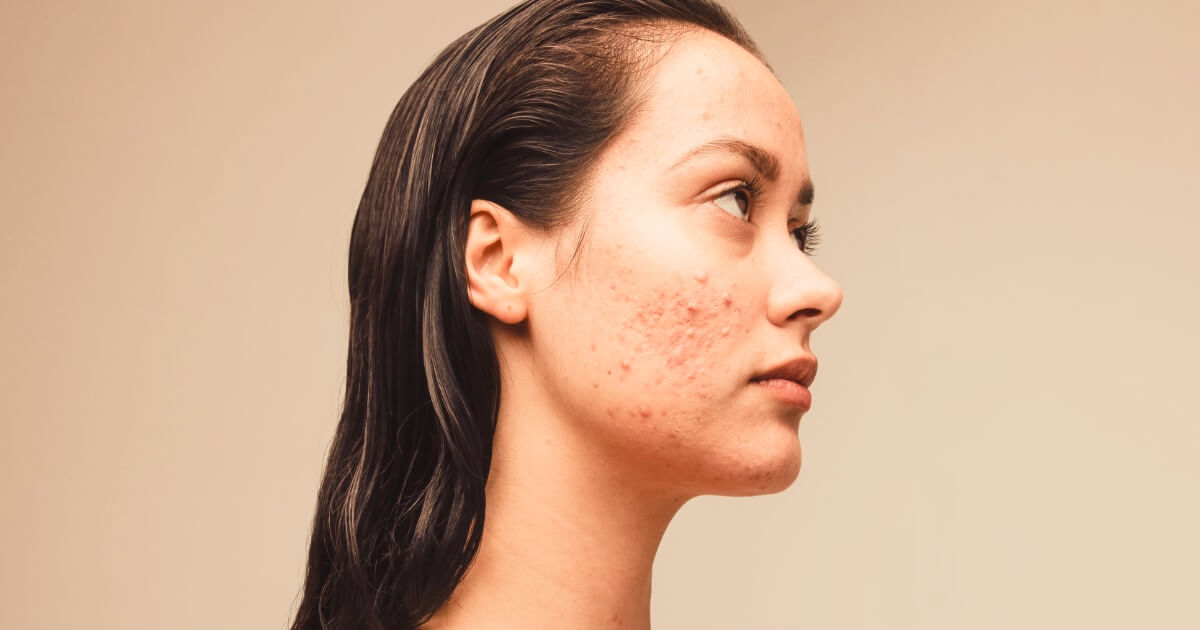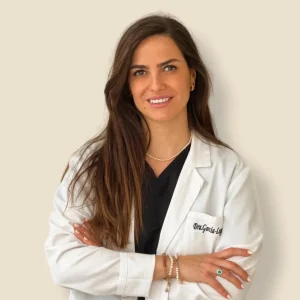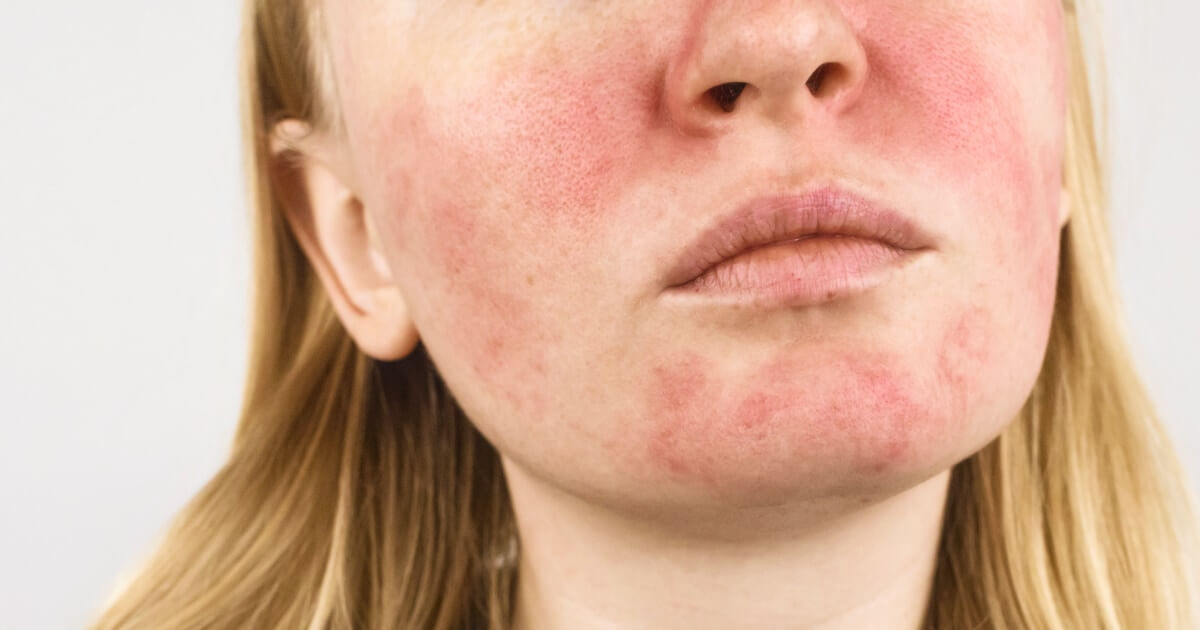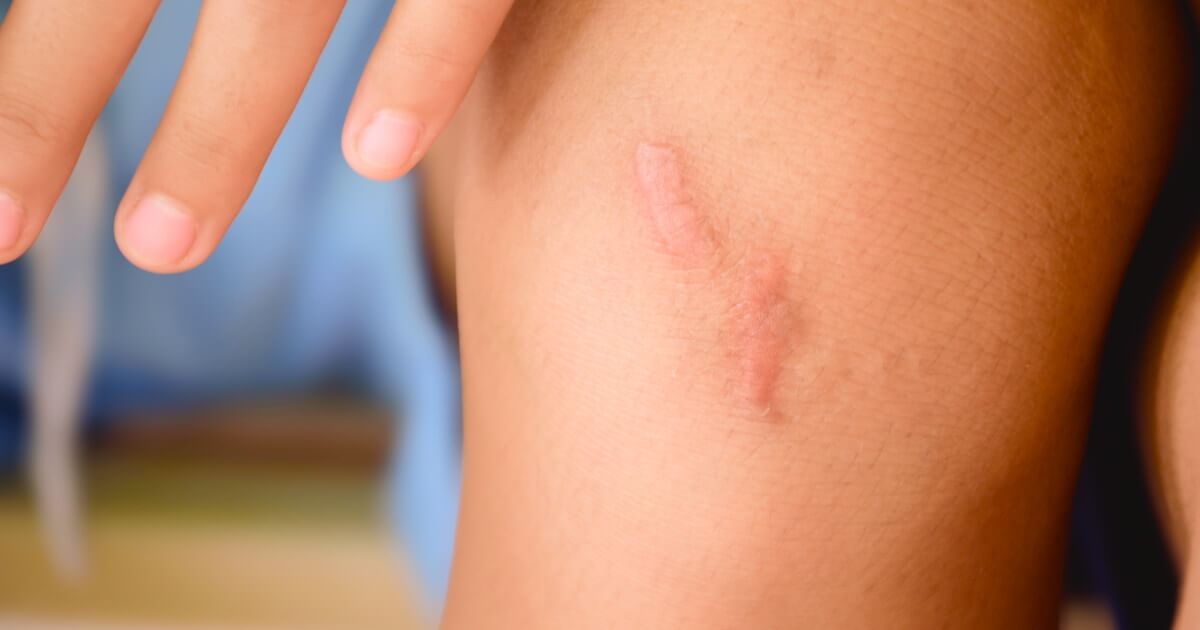You may have felt the frustration of dealing with pimples on the face, facing recurrent outbreaks and the anxiety of new lesions appearing. This dermatological concern does not distinguish between ages, gender or skin types and, unfortunately, its impact goes beyond the physical, influencing the self-esteem and quality of life of people.
In it García-Legaz Dermatological Institute We know there is no one-size-fits-all treatment for pimples, as each case is different and requires a personalized approach. Therefore, we want to help you understand the different types of grains, their underlying causes and possible treatments.
Types of pimples on the face
The diversity The range of pimples that can appear on the face is wide and each type has its own unique features that influence their treatment and management.
Blackheads
The blackheads, technically known as open comedones, are one of the most common types common and recognizable.
These are formed when pores become clogged with a mixture of sebum and dead cells of the skin. Its color black It is due to the oxidation of the contents when they come into contact with air, not dirt.
Although they may be unsightly, they are relatively easy to deal with through a good facial cleansing routine and specific products containing salicylic acid, which helps to effectively unclog pores.
Whiteheads
On the other hand, we have the whiteheads either closed comedones that, unlike blackheads, these remain under the surface of the skin, appearing as small whitish bumps.
They are formed by the same accumulation of sebum and dead cells, but at the same time not be exposed to the air, they maintain their light color. They usually appear in areas with thinner skin, such as around the eyes and mouth.
The treatment of these grains requires patience and specific products with glycolic acid, which helps renew the surface layer of the skin.
Papules
The papules are red, firm, and tender bumps that appear under the skin and indicate a active inflammation in the hair follicles, usually caused by the proliferation of bacteria.
Their redness is due to increased blood flow in the area, and although they do not contain visible pus, they can cause discomfort and evolve into more serious injuries if left untreated.
To treat them, it is key reduce inflammation and control bacteria. Products such as niacinamide or benzoyl peroxide can be effective, and proper management is essential to avoid post-inflammatory staining or complications.
Pustules
The pustules represent the evolution of papules When the bacterial infection progresses, in the form of inflamed pimples with a visible tip pus white or yellowish and surrounded by redness.
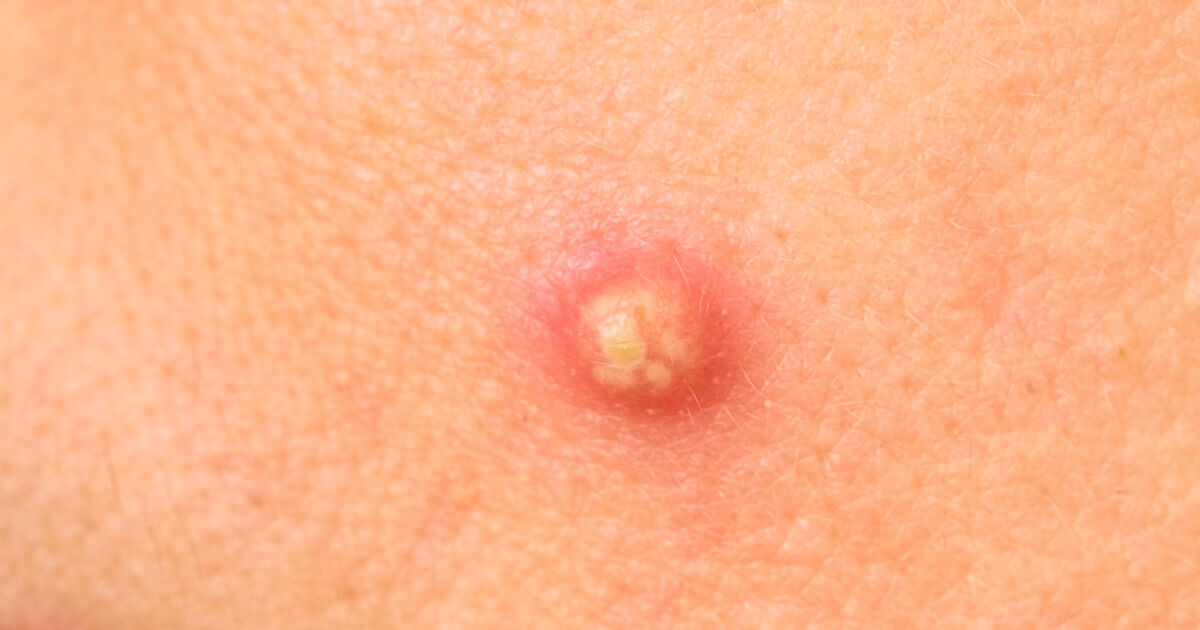
They are formed by a more intense inflammation due to the accumulation of bacteria, leukocytes and dead cells in the pores. Although they can be "popped" naturally, it's crucial to avoid squeezing them to prevent scarring and the spread of bacteria.
Topical treatments with benzoyl peroxide or antibiotics are effective and, after draining, should be clean the area properly to prevent reinfection. In most cases, oral treatment with isotretinoin is necessary.
Nodules
Nodules are a form severe acne that presents as lesions large, deep and painful, often skin-colored or slightly reddened.
They form when infected pores break and their contents become filters into deep tissues, causing intense inflammation. These may persist for weeks or months and have a high risk of scarring if left untreated.
They require treatments such as oral medications (antibiotics or isotretinoin) or office procedures, such as injections of corticosteroids.
Cysts
Cysts are the most common form severe acne, characterized by large pus-filled lumps located deeply under the skin, often painful and inflamed.
They are formed by a deep obstruction of pores with sebum, bacteria and dead cells, creating a internal capsule that can reach a considerable size.
With a high risk of permanent scars and possible serious infections, cysts usually require drainage, medications such as isotretinoin and, in severe cases, surgery. Professional management is key to preventing complications and permanent skin damage.
Why do I suddenly get pimples on my face?
Although There are different causes that generate different types of pimples on the face, The main ones are:
- Inflammation.
- Bacteria.
- Excessive sebum production.
- Hair follicles clogged with dead skin cells and oil.
“Your skin acts like a mirror of what happens inside and outside your body. Small Changes in your environment, your routine, or your internal health can trigger unexpected outbreaks.”
The skin has its own ecosystem that reacts to things like increased oiliness from a hot day, a silent reaction to a new facial product, or even a couple of sleepless nights.
Sometimes the body releases androgens (male hormones) in response to hormonal microchanges that, although imperceptible, may be enough for your sebaceous glands overwork, causing the appearance of pimples.
Acne, especially in adult women, often has a hormonal originAmong the most common causes are the syndrome of polycystic ovary, associating with other changes such as irregular menstruation, hair loss (androgenic alopecia) and growth of body or facial hair (hirsutism), which will have to be addressed.
In other cases, the problem lies in an altered sensitivity to male hormones. The sebaceous glands overreact to androgens, even if your blood levels are normal and you do not have polycystic ovary syndrome. This type of hormonal acne usually appears in the area of the lower third of the face, such as the jaw and neck.
Also, although it may not seem like it, your skin may also be responding to emotional stress, not as a “direct cause,” but as a trigger that intensifies inflammation.
Acne treatments
Acne is a condition that requires a personalized approach depending on their severity and characteristics. Below, we detail the main ones alternatives therapeutic.
Topical and oral treatments
In acne, a early treatment It is essential to prevent scar formation.
In most cases, and almost always from the beginning, acne needs oral treatment with isotretinoin "the famous Roaccutane". While in the past very high doses were used, today the choice is low doses that offer equally effective results but with greater security.
In cases of acne with severe inflammation, sometimes accompanied by treatment antibiotic, albeit for short periods. In addition, a proper cosmetic routine and constant facial cleansing are essential to avoid relapses.
Dermatological laser
In addition to topical and oral treatments, advances in dermatology have revolutionized acne management, with innovations such as the use of laserThis approach allows acne to be treated from the early stages without having to wait to complete oral treatments, making it especially useful in severe or resistant cases.
At the García-Legaz Dermatological Institute we trust in the Nordlys platform, which combines Intense Pulsed Light (IPL) and non-ablative Frax 1550 fractional laser to effectively address acne from the first visit and prevent the formation of atrophic scars in the future.
The IPL acts on the main ones underlying causes acne, improving excess sebum and fighting the bacteria responsible for inflammation, erythema, redness, while the laser non-ablative fractional Frax 1550 stimulates the production of collagen and gradually improves the texture of your skin, preventing the formation of scars.
To treat deep scars, we complement with lfractional CO2 laser and additional techniques such as subcision (breaking the fibrosis under the skin), fillers with hyaluronic acid either collagen stimulators, offering a comprehensive and personalized approach.
In short, treating pimples on the face requires a deep understanding of their types and causes. García-Legaz dermatological team bet on a comprehensive and personalized approach, combining traditional methods and advanced technology such as lasers, to offer you effective and safe solutions.
Literature
- Agüero de Zaputovich, F., & Samudio, M. (2015). Clinical and epidemiological characteristics of patients presenting with acne. Memoirs of the Institute of Health Sciences Research, 13(1), 7-16. http://scielo.iics.una.py
- Rai, R., & Natarajan, K. (2013). Laser and light based treatments of acne. Indian Journal of Dermatology, Venereology and Leprology, 79, 300. https://ijdvl.com
- Ahnhudt-Franke, C. Modern laser-assisted acne therapy in practice. https://www.thepmfajournal.com
